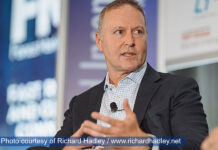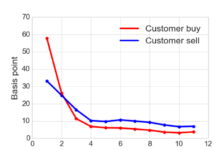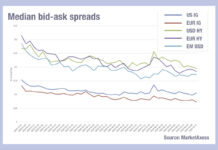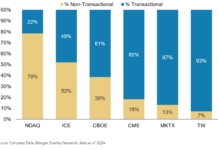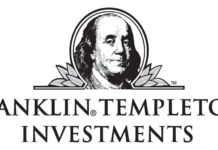
BestX, the execution quality analysis provider, has launched a new tool for fixed income traders to support their pre-trade capabilities.
The ‘Expected Cost’ model is currently in a beta phase, meaning it is being tested by traders as it is still under development, to enhance its potential capabilities and deliver feedback on performance.
“The latest product which came out this weekend, released a new feature,” explains BestX co-founder Pete Eggleston. “Coming up with a model to estimate the cost of transacting in each month, at a given time of day, and a size or number of units for a security. We have that model in FX, they are common models in equities but to our knowledge that does not exist in fixed income.”
Determining execution quality for fixed income trading across different buy-side firms is challenging due to the range of possible optimal outcomes different investment strategies might create. Even in the same sector, firms will have quite different best execution policies.
“There is no one size fits all,” says Eggleston. “We were asked to expand into fixed income because we allow for that configurability to accept that there is not a single truth to best execution. We built BestX originally to be configurable in terms of the metrics clients want to compute, and there is no one single metric, which is a key point.”
The firm instead applies the concept of ‘BestX factors’, which are configurable and allow clients to define which benchmarks are important to them, which are irrelevant, and which they place a high priority on.
“That allows them to codify their best execution policy,” says Eggleston. “In the original product we looked at best execution as a process, as a workflow, from PM origination through to when an order has been filled, and the timing and the size of the trade; they are all aspects to dealmaking that you can add value through. When we speak to FI dealers that is how they think of this. They are starting to see we are not trying to compute a single number.”
The ‘Expected Cost’ tool is intended to put context around numbers that might be coming out of a transaction cost analysis (TCA) platform.
“If we say, ‘A given bond has cost you a basis point to trade’, on its own that number doesn’t mean that much. You need it for reporting but the idea of the Expected Cost framework is to show you that, at that time of day, we have a reasonable estimate of where there cost is trading, and we think fair value of that bond is ‘X’. Then you have real context around execution performance allowing you to compare that performance across brokers and platforms today.”
The beta version currently available is looking at US and European sovereigns and credit including IG and HY.
“We are building our own data set, and that naturally starts to generate a universe of transaction data and we have supplement that with data from FINRA in the US – we would love a similar data set to be available in Europe,” he says. “Over time that data set grows which allows us to refine those cost estimates and expand the framework across less liquid parts.”
Acknowledging it not be “a nirvana” on day one, Eggelston argues that this is a good first step. Feedback elicited from clients who are using it in beta testing will help to iron out creases.
“We’ve given it a bit of a health warning, given that it is the first time this has been done to our knowledge, but we thought it would be good to get eyes on it and getting that feedback,” he says.
Chris Jarman, managing director, head of sales and senior product manager for fixed income says that pre-trade is proving a very interesting topic with the firm’s users.
“Utilising results from the Expected Cost model in conjunction with historical performance from clients, plus the ability to look at classes and types of bonds, and functionality in pre-trade to identify similar things to what you wanted to trade that can be particularly useful,” he says.
He cites his experience on the buy-side as helping to look at traders needs in creating a feedback loop to the portfolio manager.
“We are doing some additional work around benchmarks as well, looking at funds that are benchmarking, such as aggregate US funds, so that we can do some analysis not only on counterparty performance and how clients are getting serviced but how that stacks up against their net asset value (NAV) cut at 4.15pm. That is important, where there are big flows coming to fixed income and they want to beat that squeeze to get exposure especially to a particular sector of US IG.”
With FX and equity execution analysis being better established, Jarman notes that developing fixed income puts BestX towards the goal of offering comprehensive reporting capabilities for multi-asset analysis.
“That will allow the buy side to have meaningful chats when they are engaged in counterparty reviews,” he says. “Having that in one user interface is phenomenal for heads of trading and for oversight functions.”
©The DESK 2020
TOP OF PAGE

